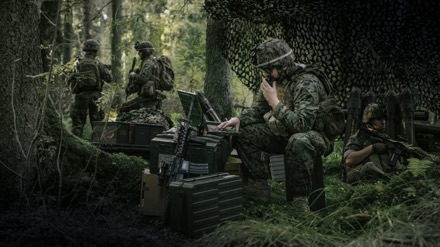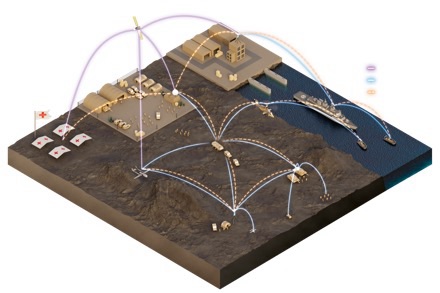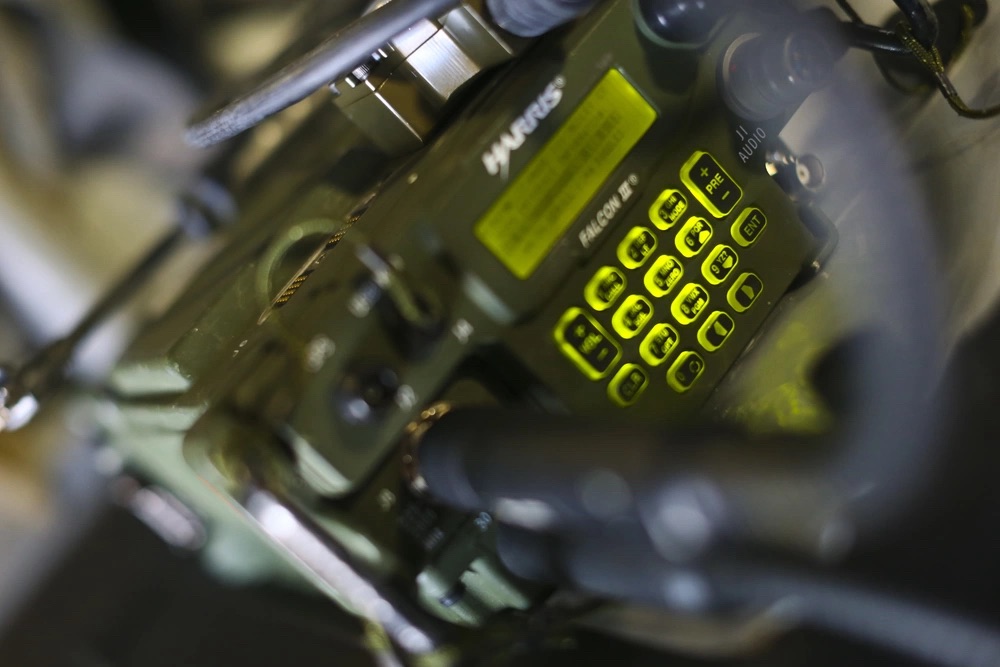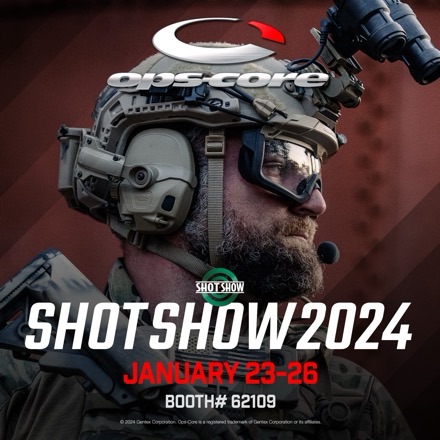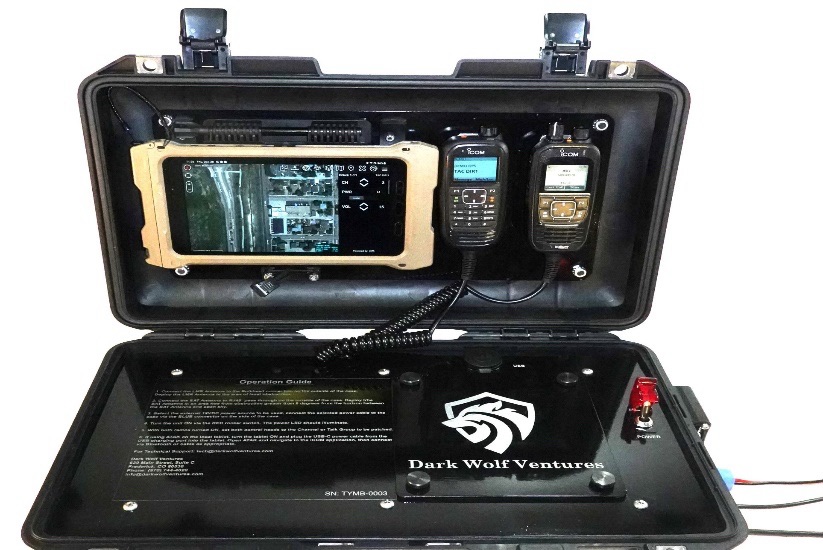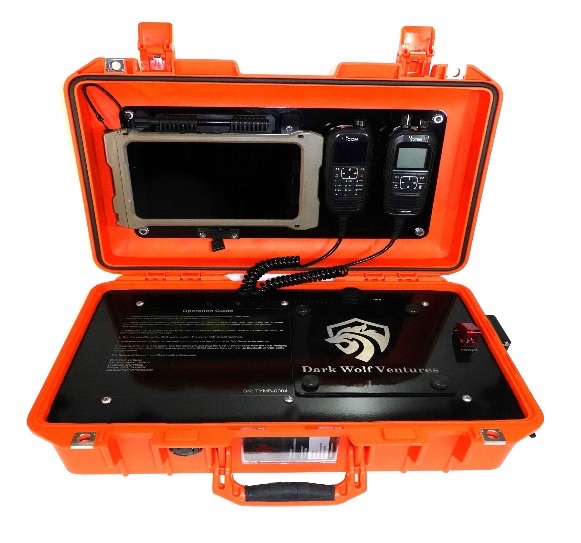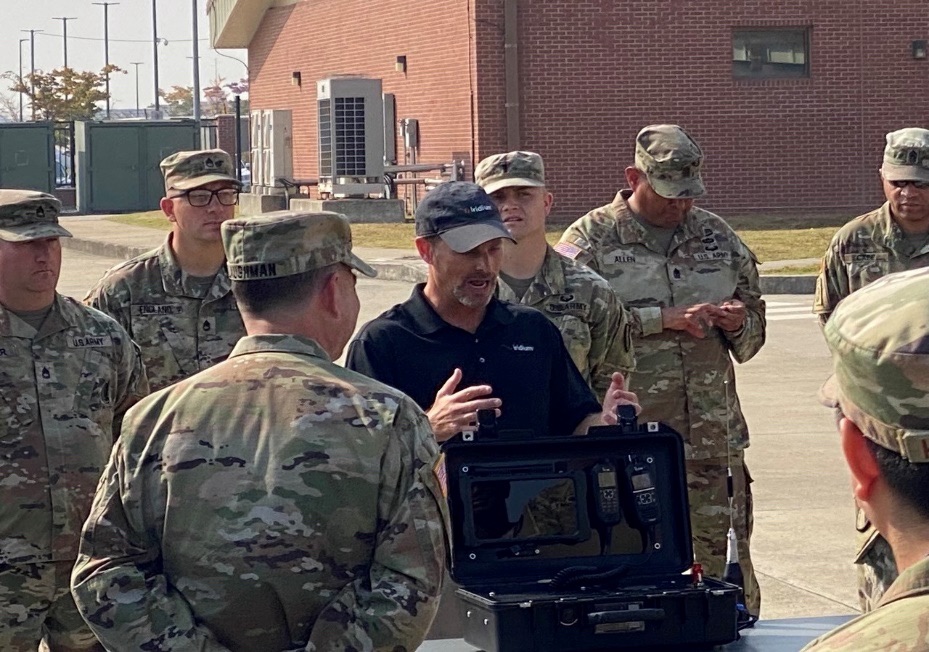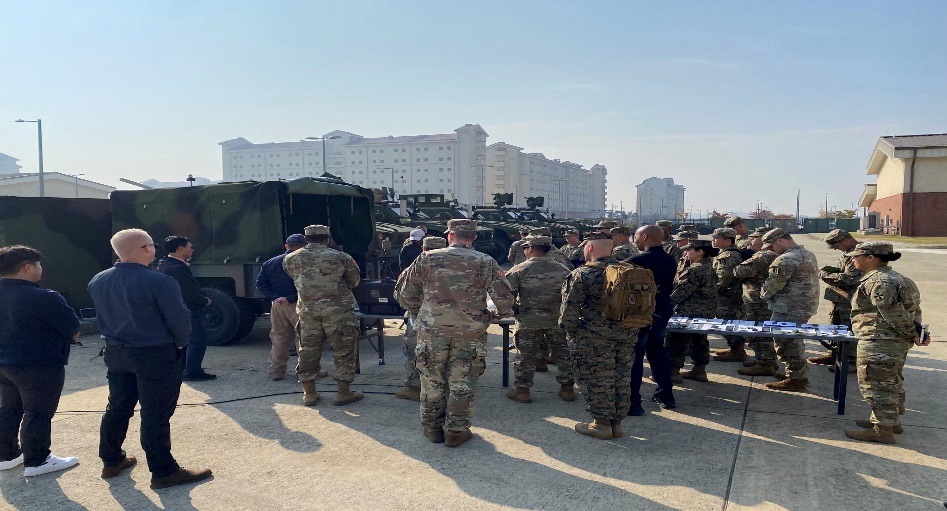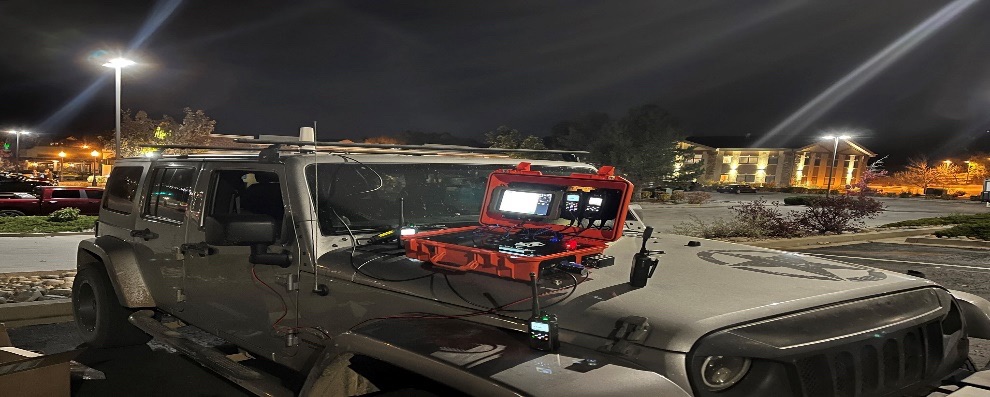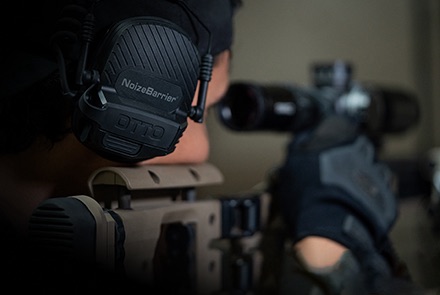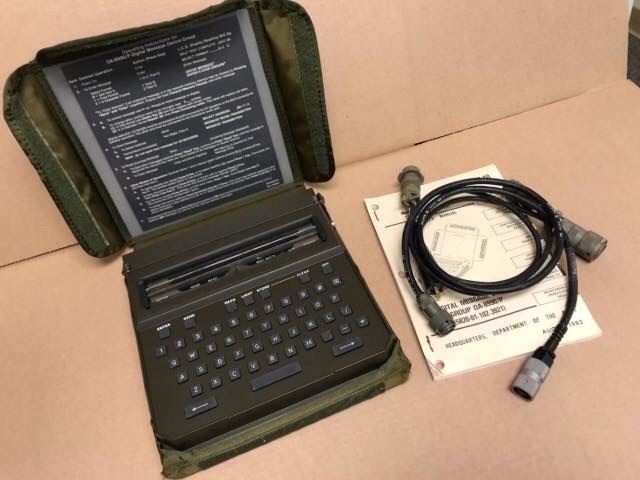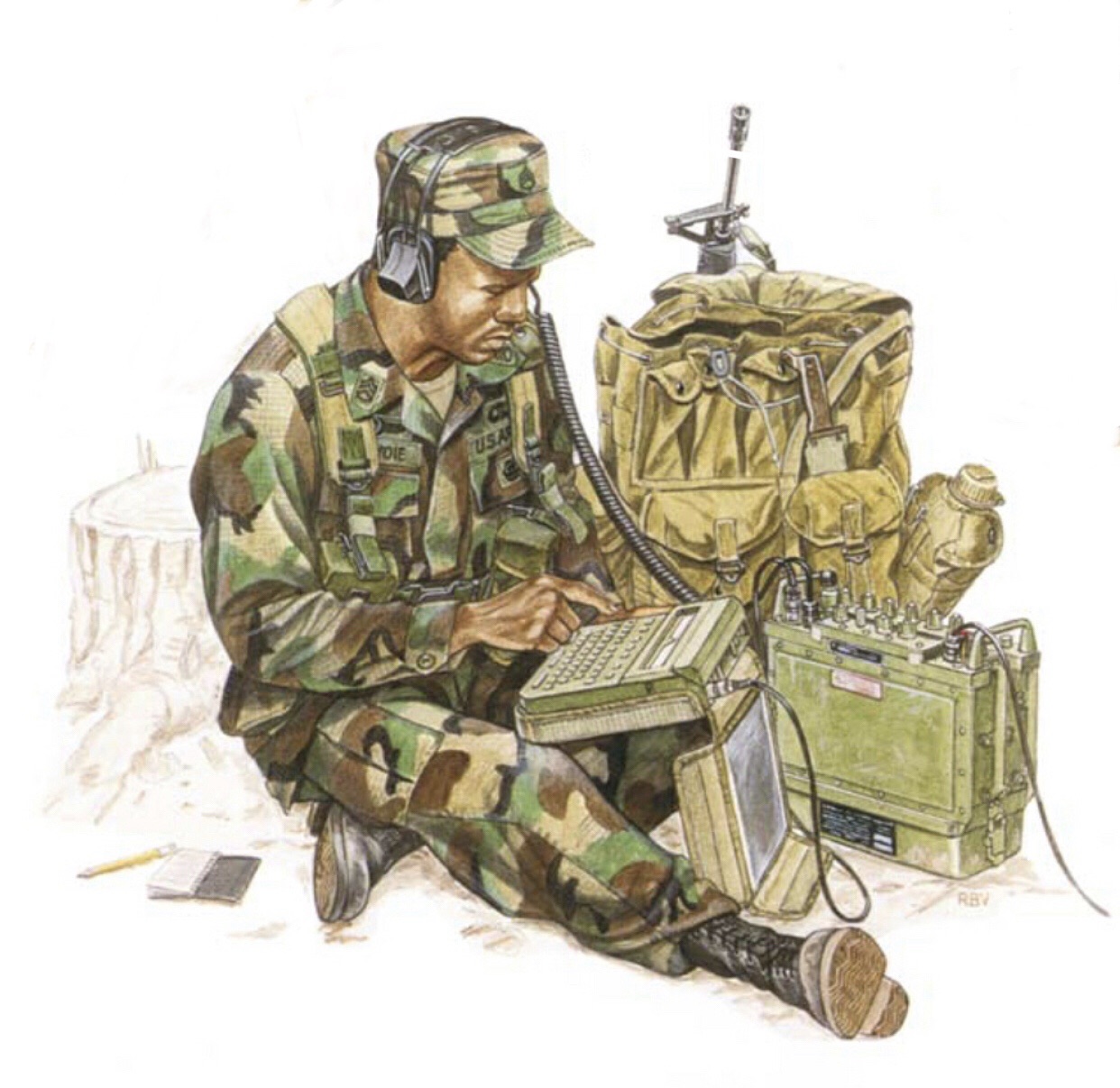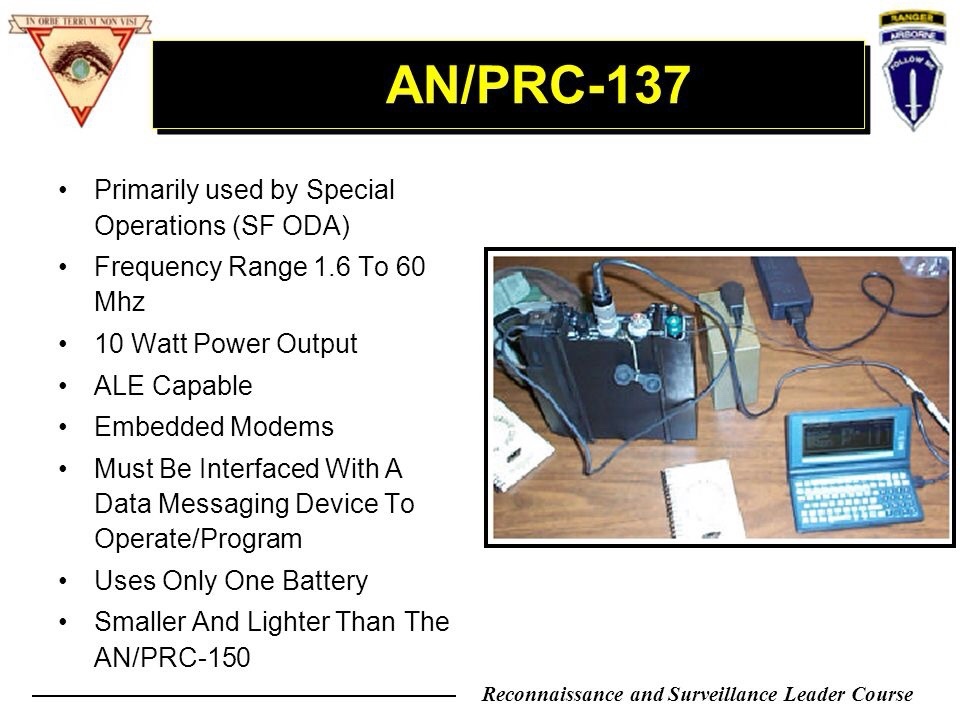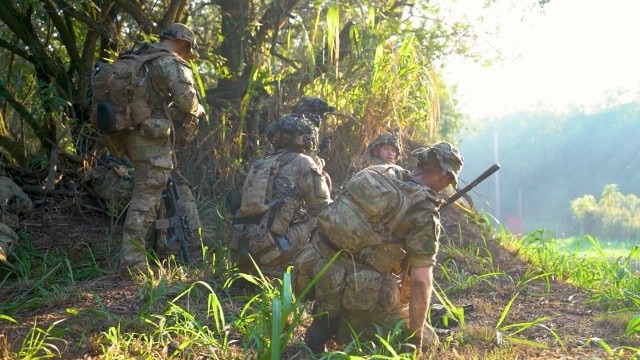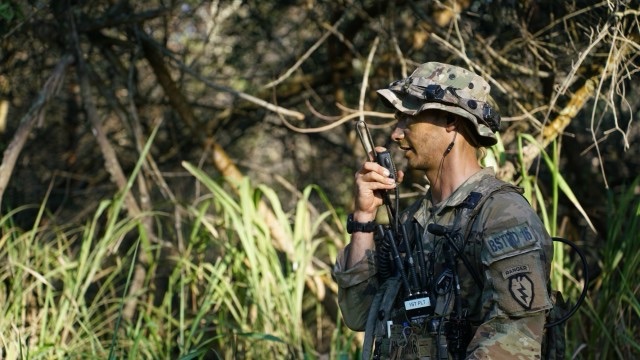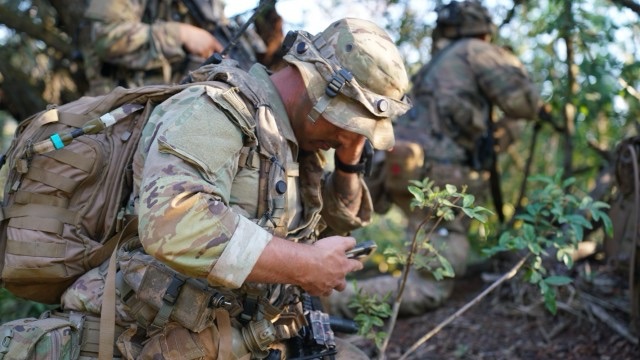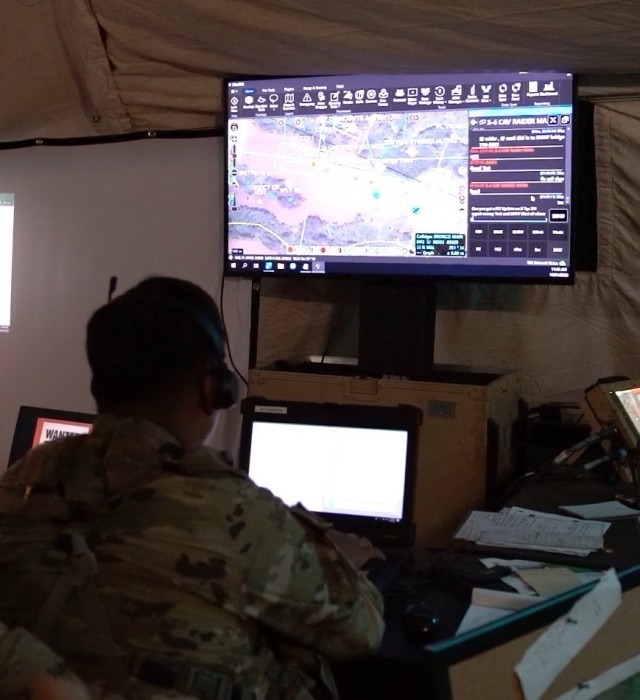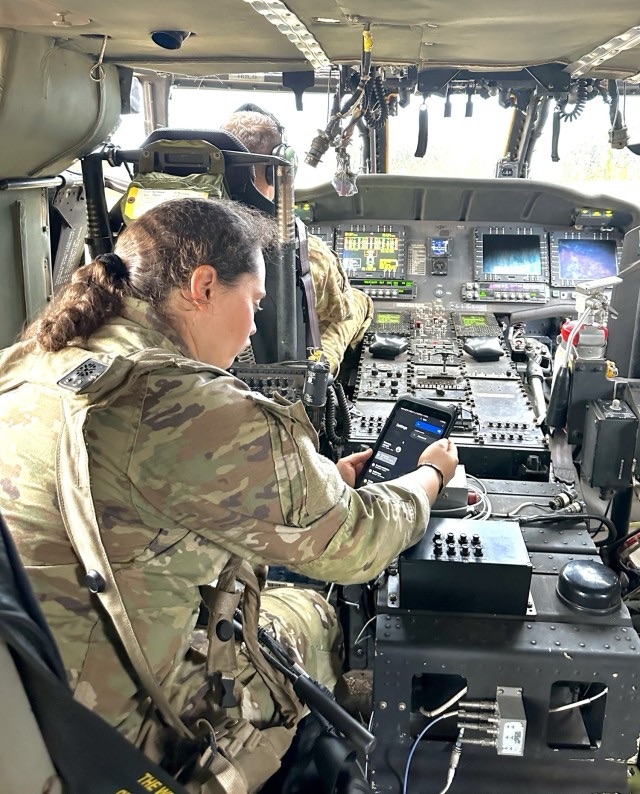Spectra Group (UK) Ltd, a specialist provider of secure voice, data and satellite communications systems, is extremely proud to announce the launch of their revolutionary new tactical radio communications solution, GENSS (pronounced genesis /j?n??-s?s), at the mobile deployable communications conference in London.

GENSS is a significant advancement in the field of tactical radio communications due to its modular core framework and software-defined flexibility. GENSS heralds a new era in communication technology, integrating multi-mission and multi-mode functionalities for robust battlefield connectivity, with modular design, open architecture, and unparalleled adaptability. It offers superior interoperability and is a comprehensive tactical radio solution for voice and data communication on the battlefield, to meet both today and tomorrow’s requirements.
GENSS has been designed and developed collaboratively by experts in tactical communications with specialist military operational experience, and with some of the very best scientists and engineers in the UK. Together, they have redefined and further reconceived the parameters of what a tactical radio could or should be. This innovative, agnostic, modular hardware radio system adapts through simple software reprogramming to meet the specific requirements of its varied user roles. GENSS is capable of operating across HF, VHF, UHF, and satellite bands (L-Ku) as required and its secure, high-capacity design is built to navigate Beyond Line-of-Sight (BLOS) challenges, and facilitate Communications on the Move (COTM), offering a resilient agile solution for voice and high-bandwidth data transmission across all service platforms on Land, Sea and Air.

Secure by design, built using the highest possible specifications, and integrating the latest most advanced technological hardware means, GENSS not only delivers maximum performance while minimizing its size, weight and power, but also delivers a future-proofed capability. This revolutionary radio solution can stand alone or be integrated into any existing radio infrastructure, unleashing superior interoperability and flexibility to meet the demands of today and the future. It is simple to operate and configure, with an easy-to-programme user interface, resulting in an overall reduced training burden.
GENSS boasts high-capacity, network sensing capabilities and has increased data rates over 25kHz LTAC channels, scaling up to 90kBps. It has adaptive modulation waveforms, which automatically adjust through network sensing techniques, to meet the tactical situation (on the move and in combat vs at the halt scenarios). Through novel engineering techniques, voice and low data rate solutions can be applied in the contested communications space to minimise detection.. With the proliferation of MANET data solutions, routing through GENSS will enable the extension of data bubbles to facilitate rapid data management applications delivering timely tactical updates to strategic command locations.
Simon Davies, Chief Executive at Spectra Group said: “For many years my passion has been to create the ultimate radio, which is easy to use, lightweight, modular and supremely adaptable to meet the challenges of today and the demands of an everchanging military and technological landscape. After several years of painstaking development, I am very proud to launch GENSS today. Building on years of experience, expertise and learning from our award-winning SlingShot systems, our team have designed every component with the end user in mind and the result is extremely exciting. I believe GENSS’s utility is vast and employable beyond tactical military applications, and its ability to integrate into existing communications networks opens up a world of endless opportunities.”


